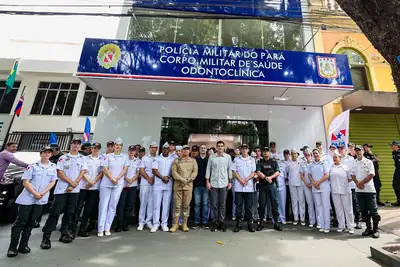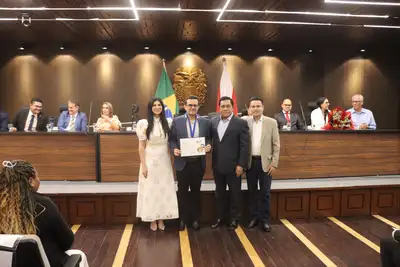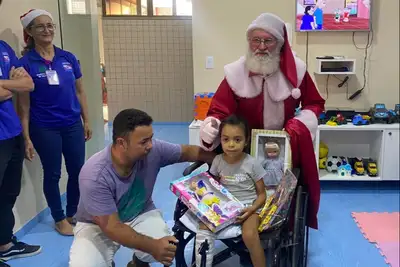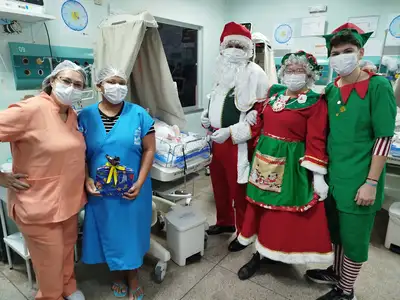Metropolitan Hospital acts as a backup unit of high complexity at COP30
The unit integrates the assistance network coordinated by the Public Health Department (Sespa) and is on standby for care during the global event
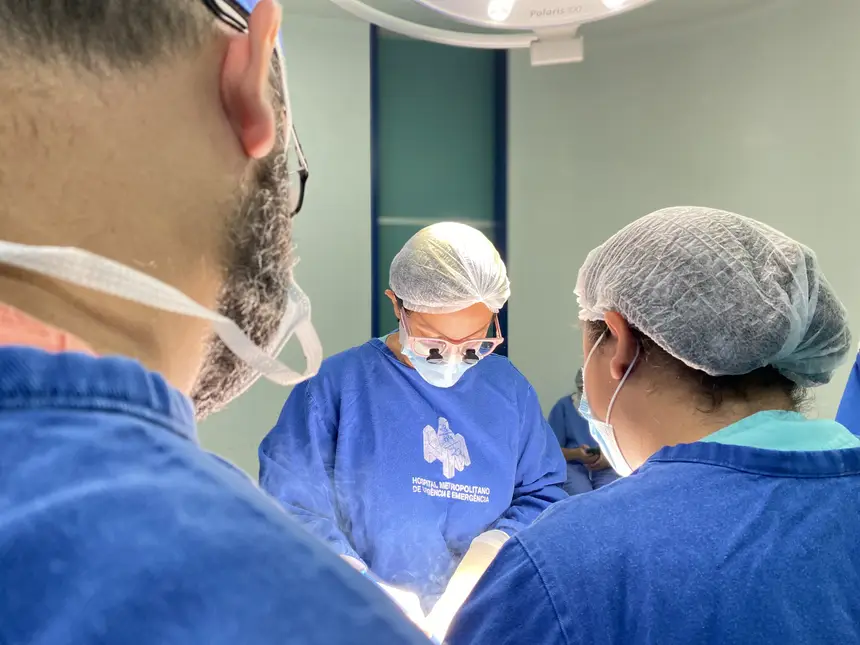
The Metropolitan Emergency Hospital (HMUE), in Ananindeua, acts as a backup for emergencies during the 30th United Nations Climate Change Conference (COP30), held in Belém from November 10 to 21, bringing together leaders from various countries.
A state reference in medium and high complexity trauma, HMUE integrates the assistance network coordinated by the State Department of Public Health (Sespa) and is among the units that will be on standby for possible occurrences during the event.
“The role of the Metropolitan Hospital as a backup at COP30 demonstrates how prepared Pará is to respond quickly and organized to any emergency situation. This work is part of the State's contingency plan, which integrates various forces and institutions for the safety and care of the population and visitors during the event,” highlighted Ivete Vaz, Secretary of State for Public Health of Pará.

As part of the preparation, the unit conducted a realistic simulation of care for multiple victims, simulating an accident with dozens of injured individuals and mobilizing more than 80 professionals, including doctors, nurses, physiotherapists, nursing technicians, and support teams.
The action aimed to test the agility and integration among the different sectors of the hospital in a disaster situation, ensuring efficient response time and safety for patients.
“The Metropolitan Hospital will act as a backup for possible patients during COP30, and we have high expectations. Throughout the year, our teams underwent training, including the simulation of care for multiple victims, which reinforced our response capacity in high-demand situations,” says Marcelo Azevedo, executive director of HMUE.
“The Metropolitan will provide support and assistance during the event and, at the same time, will continue its full operation, ensuring continuous care for patients with medium and high complexity trauma,” he concludes.
Trained Teams
In recent months, the hospital has intensified practical and theoretical training with its multidisciplinary teams, addressing topics such as the care plan for victims of Chemical, Biological, Radiological, and Nuclear (CBRN) events, donning and doffing, toxicological emergencies, among others.
The training sessions are part of the contingency plan developed in conjunction with Sespa, the Fire Department, and SAMU, reinforcing the integration of the State's response forces.
“Continuous qualification is a fundamental pillar within the Metropolitan. The training and simulations allow us to identify opportunities for improvement and align protocols so that, in any situation, we can act quickly, technically, and safely. This preparation strengthens not only patient care but also the confidence and performance of our teams,” highlighted Telma Mendes, supervisor of the Permanent Education Center (NEP) of HMUE.
Structure and Reference
Belonging to the public health network of Pará and managed by the National Institute for Social and Human Development (INDSH), the Metropolitan Hospital is a reference in the treatment of medium and high complexity, in trauma and burn cases, through the Unified Health System (SUS).
The unit has operational beds in the specialties of traumatology, general surgery, neurosurgery, internal medicine, pediatrics, plastic surgery exclusively for burn victims, and ICU beds.





